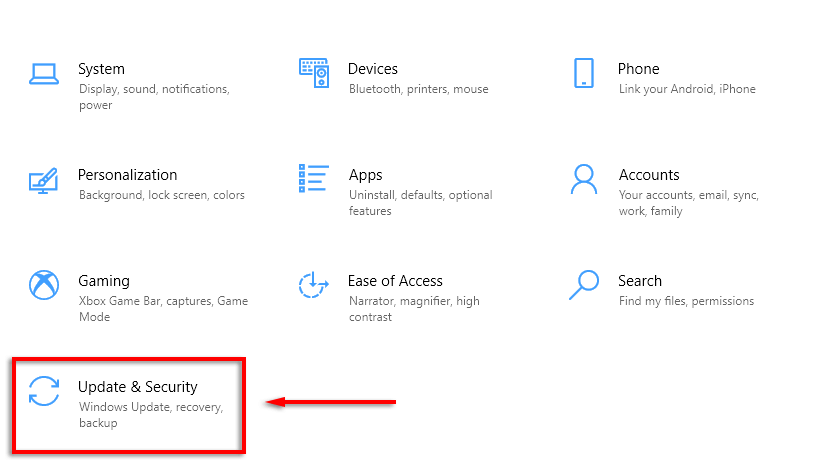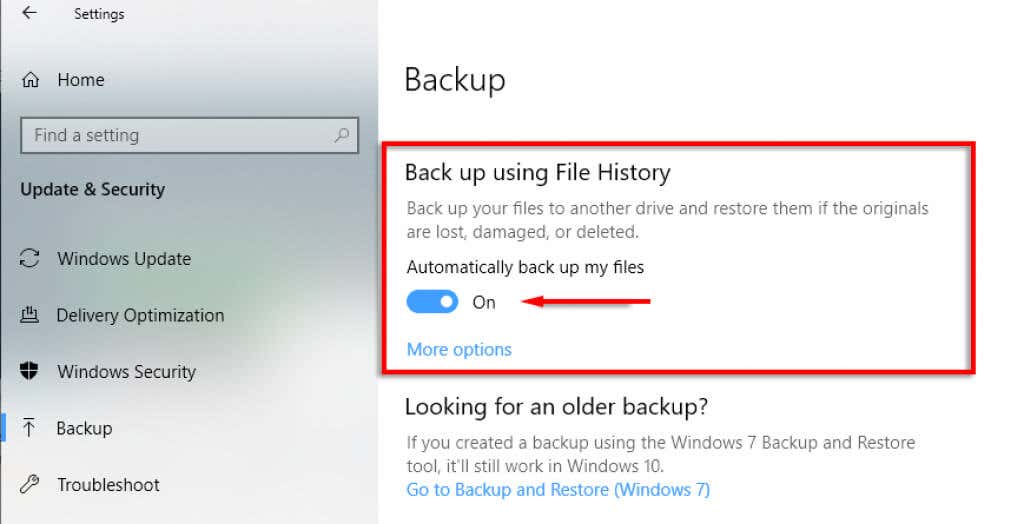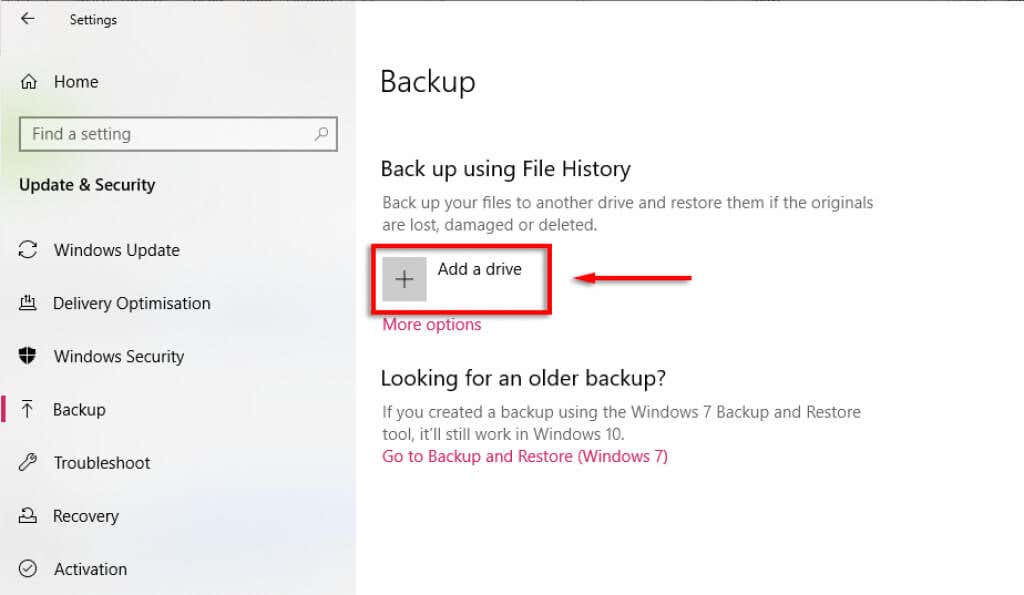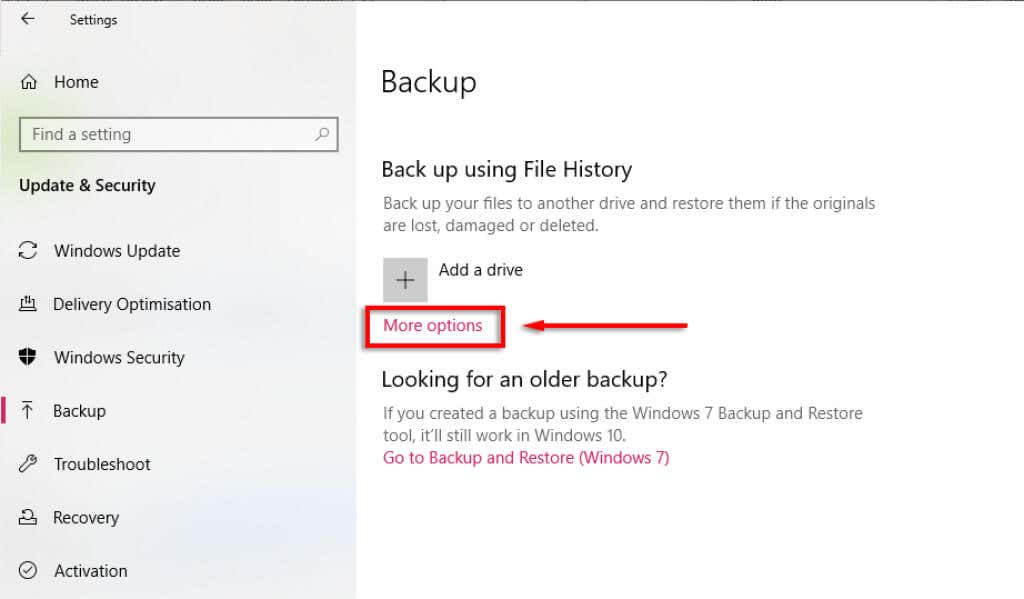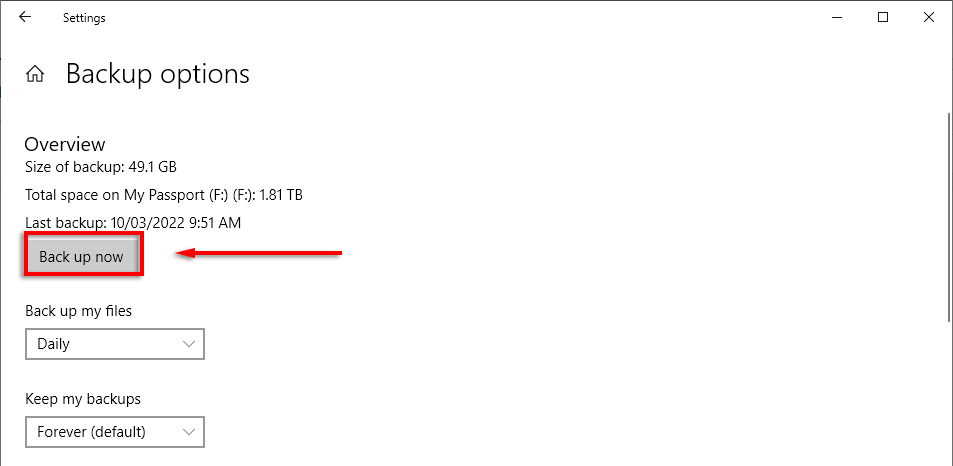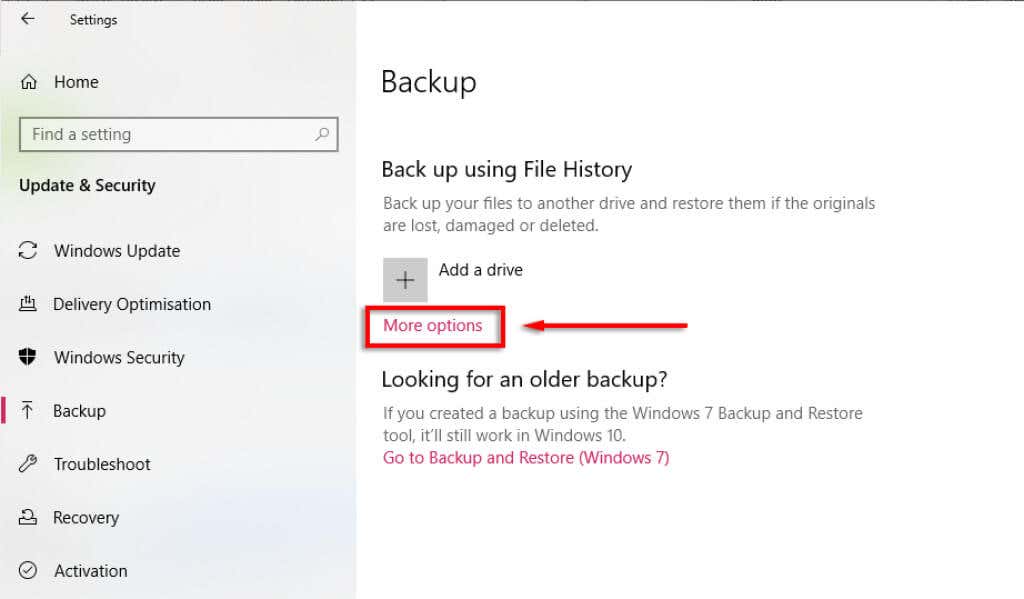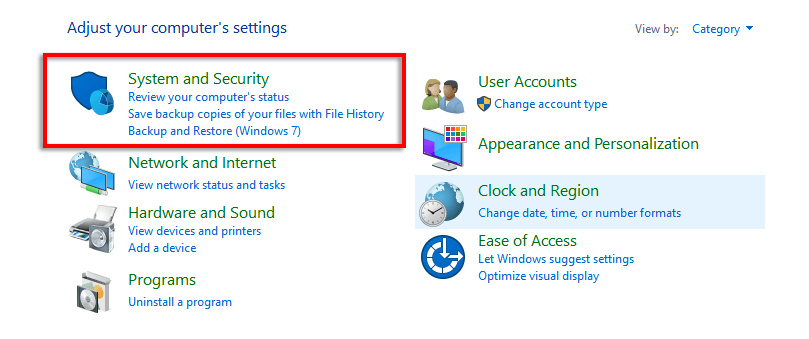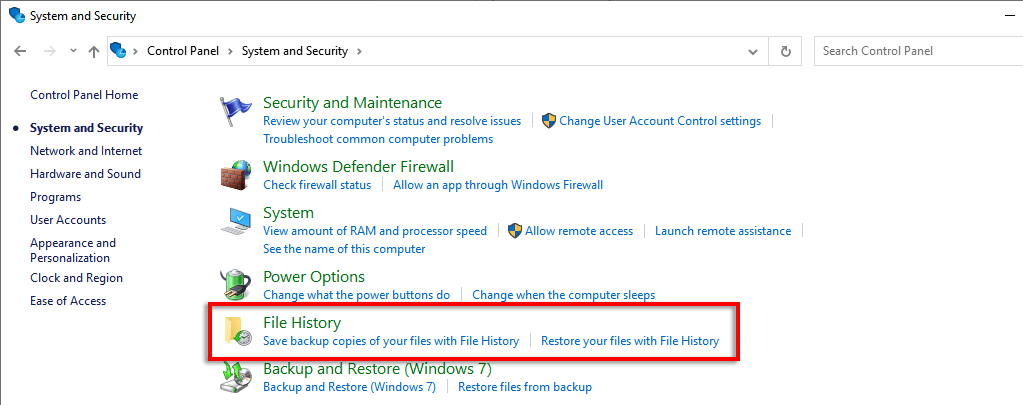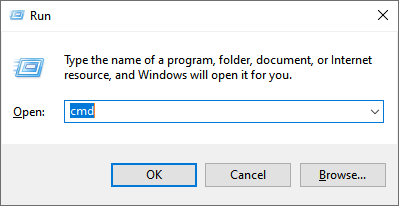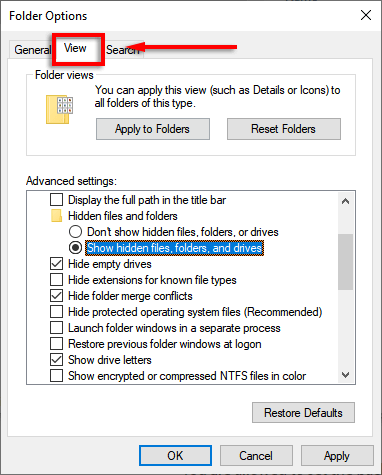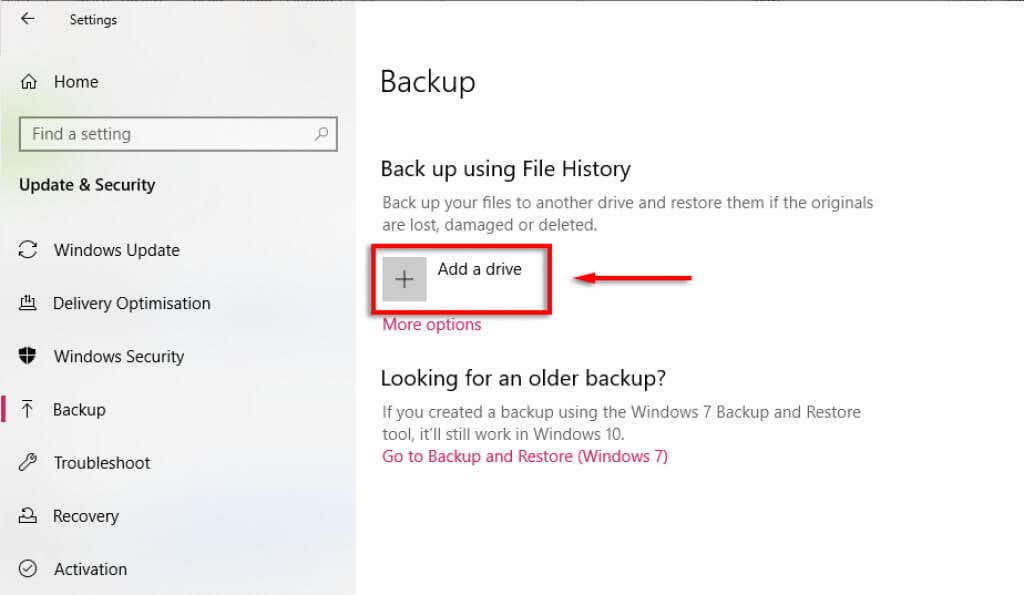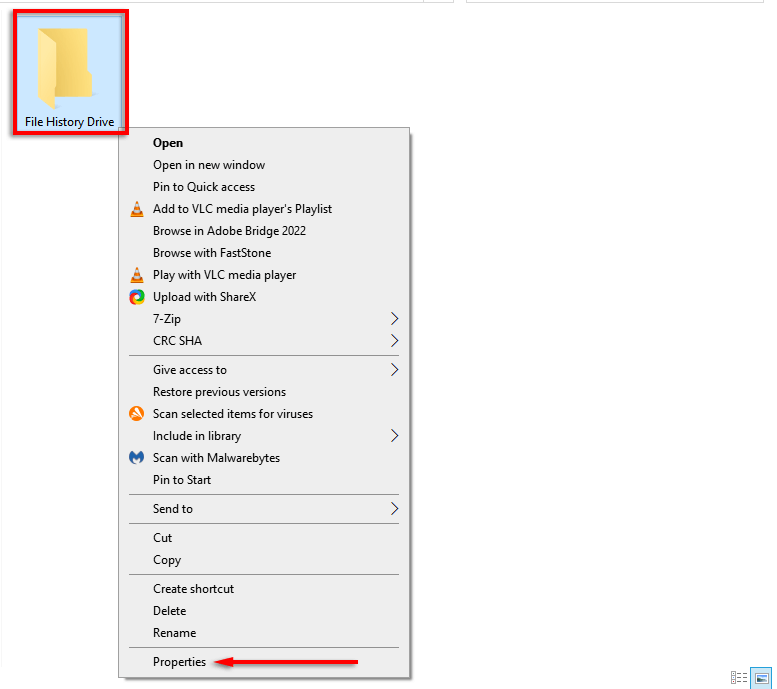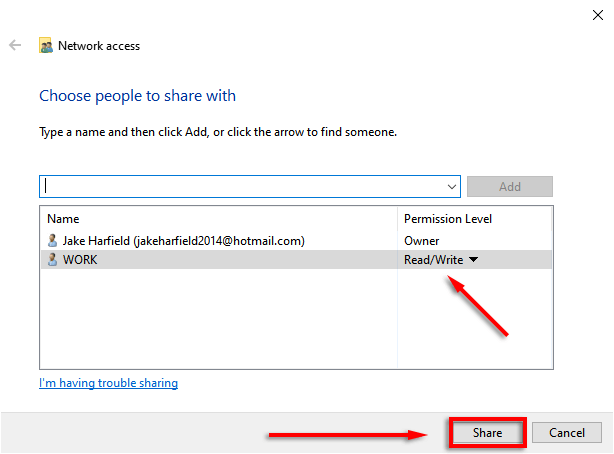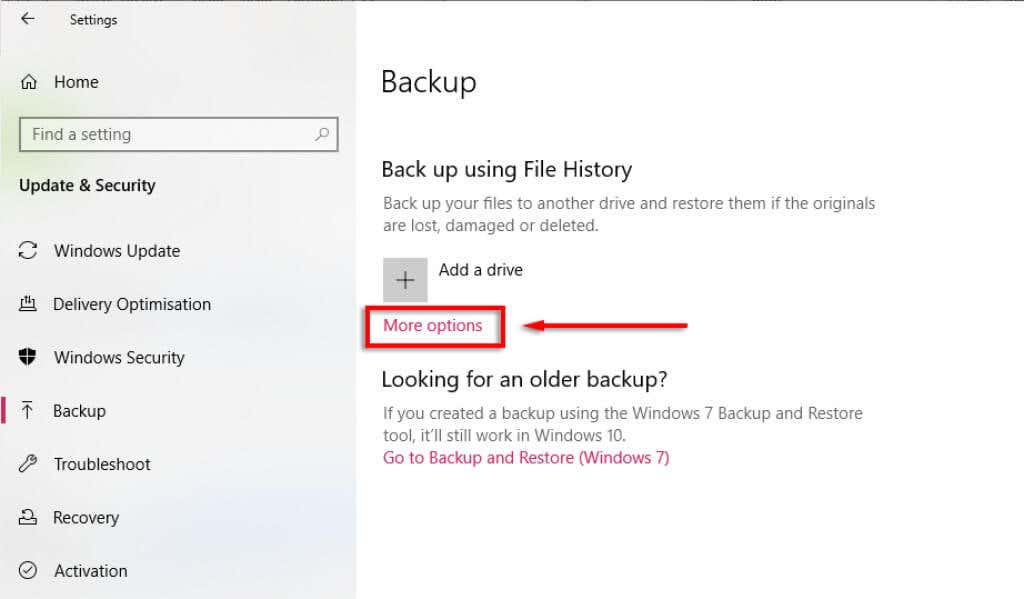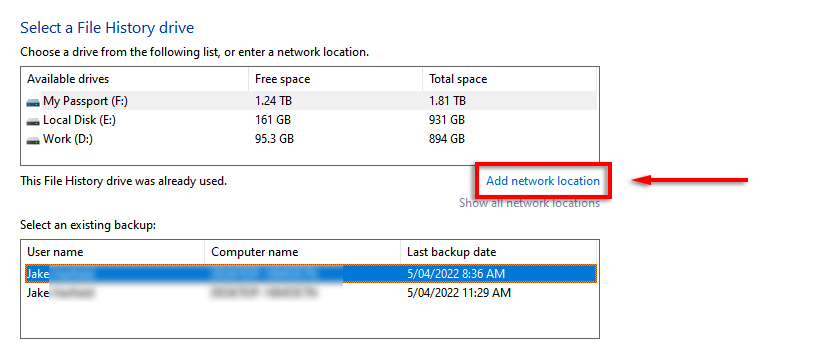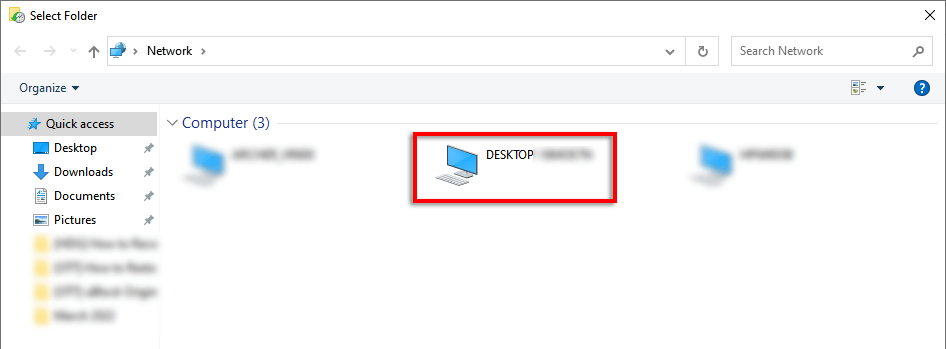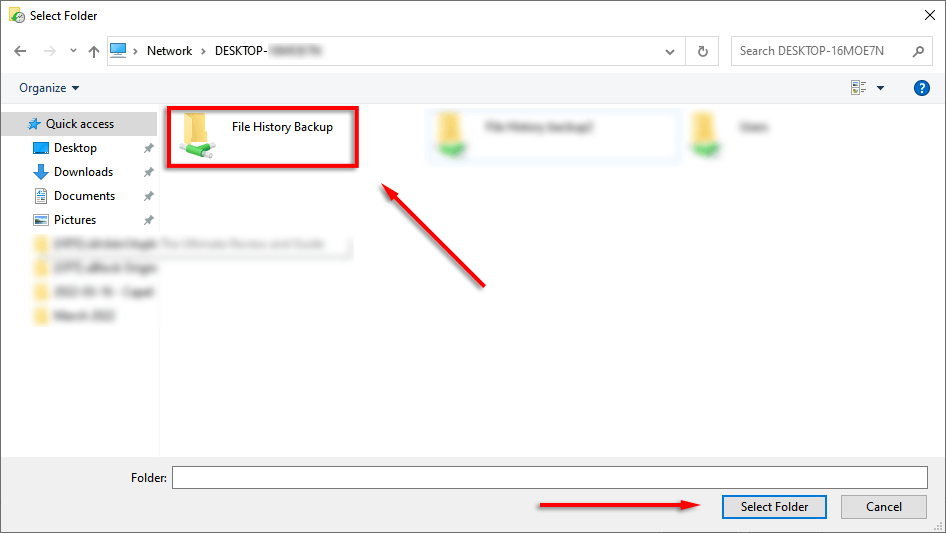The Windows File History feature lets you back up your data to an external device. This is an easy-to-use and helpful tool for protecting your data, but you can sometimes get error messages claiming that “Your File History drive was disconnected for too long.”
If this is the case for you, don’t worry. Here’s how you can reconnect your File History drive.
What is File History and What Causes it to Disconnect?
File History is one of Windows’ built-in backup features and was implemented to replace the original Backup and Restore feature in Windows 7 and before. It is used in Windows 8, Windows 10, and Windows 11. The tool implements a scheduled backup to create copies of your files to an external hard drive so that they are recoverable in the case of system failure.
The unique aspect of File History is that it doesn’t overwrite previously backed-up files. Instead, it stores each backup separately. This means that after a few Windows backups, you’ll have a complete timeline of each file as it’s changed over time, and you’ll be able to restore an older version of each file even if it wasn’t deleted or lost.
The problem is that users report several errors that prevent File History from making backups. These claim that you need to reconnect your File History drive because it’s been disconnected for too long.
This error can occur for several reasons:
- You have disconnected the external drive that File History was connected to.
- You altered the external drive, and Windows no longer recognizes it.
- The external drive is corrupted or failing due to a drive error.
- The backup file system is corrupt.
So, how can you reconnect the File History drive in Windows?
Reconnect the External Drive and Restart File History
The first thing to check is that File History hasn’t been disabled, and your external drive is still connected. Double-check that the external drive is connected and functioning, then do the following:
- Press the Windows key + I to open the Settings app.
- Click Update & Security.
- Select Backup.
- Under Back up using File History, check whether the setting is toggled on or off. If it’s on, turn off the service and then toggle it on again.
- If it says Add a drive, click that and choose your external drive.
- Select More options.
- Click Back up now to begin backing up your files.
If it works, File History should now be fixed.
Use a New External Drive
If you think the external drive is at fault, the easiest option is to use a new drive. To do so:
- Open Settings > Windows & Security > Backup as above.
- Under Back up using File History, click More options.
- Scroll to the bottom and select Stop using drive.
- Go back to the File History settings and click Add a drive.
- Select the new drive.
- Click More options again.
- Select Back up now.
Alternatively:
- Open the Start Menu and type Control Panel. Select it.
- Click System and Security.
- Click File History.
- In the left-hand menu, click Select drive.
- Choose the different drive you’d like to switch to and click OK.
- Click Run now to begin the backup process.
The problem with this method is that the original backups will remain on the old hard drive. However, this usually doesn’t matter since you will now have updated backups on the new drive.
Repair the Backup Drive
If you don’t have another external hard drive to use or want to preserve the backups on the original drive, you can attempt to repair it before reconnecting it to the File History tool.
To check and repair a hard drive, you can use the Windows Chkdsk troubleshooting tool:
- Press the Windows key + R to open the Run dialog box.
- Type CMD and press enter.
- In the command prompt window, type chkdsk.exe /f E: (replacing “E” with the drive letter of the one you are attempting to fix).
- Wait for the wizard to finish. It will correct whatever errors it can and list a report of errors that it couldn’t repair.
- If this doesn’t repair your drive, the last resort is to clone your drive to a new hard drive.
Delete File History Configuration Files
People also have reported that deleting the File History AppData can resolve the error.
Note: Before going ahead with this step, make sure you create a manual backup of the File History backup, as this will remove it for good.
To delete the File History configuration files, first, you need to be able to see hidden files:
- Open File Explorer and select the View tab.
- Select Options from the top-right corner of the window.
- In the new window, select the View tab.
- In the Advanced settings pane, ensure that Show hidden files, folders, and drives is checked and Hide protected operating system files (Recommended) is unchecked.
- Click OK.
To delete the AppData files:
- In the File Explorer address bar, type %localappdata%MicrosoftWindowsFileHistoryConfiguration and press Enter.
- Delete all of the files in this folder.
- Open Settings > Windows & Security > Backup as above.
- Select Add a drive and reconnect your drive to File History.
Use a Network Drive
Some Windows users report issues backing up their File History to an internal drive. If this is the case, and you have no external drive to use, you can try backing up to a network drive.
To do so:
- Create a new folder wherever you would like the backup to be. Call this File History Drive or something you will remember.
- Right-click on the folder and select Properties.
- In the Sharing tab, select Share…
- For all users, click the dropdown menu under Permission Level, select Read/Write, and click Share.
- Open Settings > Windows & Security > Backup as above.
- Click More options.
- Scroll down and click See advanced settings.
- Click Select drive from the left-hand menu.
- Click Add network location.
- Double-click the network device you created the folder on (your PC).
- Highlight the File History Backup folder and click Select Folder.
Keep Your Files Safe
Frequently backing up your data is the only way to ensure that it won’t be deleted or lost in the case of an accident. Windows’ File History is an excellent tool for this, but there are several others to choose from if the error won’t go away, including OneDrive and Google Drive.
Related Posts
- Preparing for Windows 10 End of Support: Upgrading to Windows 11
- How to Fix a “This file does not have an app associated with it” Error on Windows
- How to Fix an Update Error 0x800705b4 on Windows
- How to Resolve “A JavaScript error occured in the main process” Error on Windows
- How to Fix the Network Discovery Is Turned Off Error on Windows



